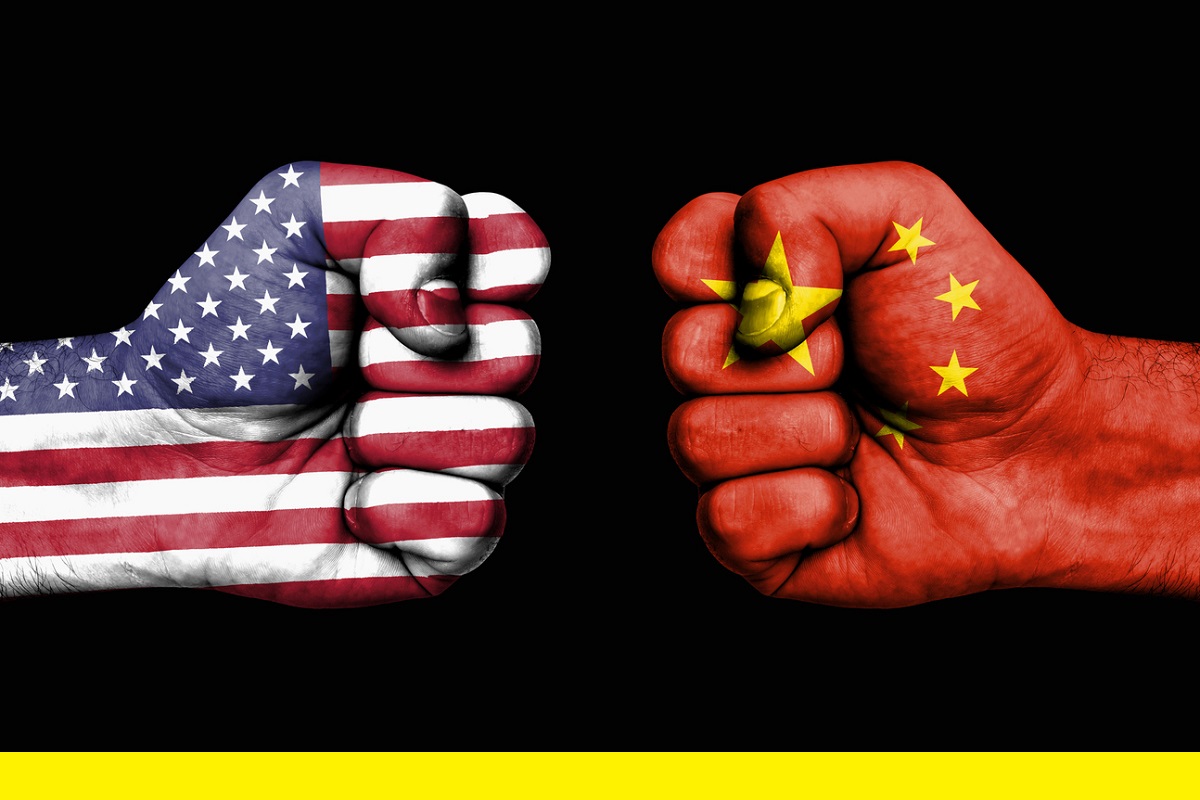Trade talks between the United States of America and China have hit the reefs.
It is unfortunate for both countries, and most particularly for international trade, that no deal has been concluded, a failure that has prompted the likes of Donald Trump to almost readily renew the economic confrontation. Almost immediately after he and President Xi Jinping drew a blank at the high table in Washington, the US President has increased tariffs on Chinese imports worth $ 200 billion.
His prediction barely a fortnight ago that an “epic trade deal” would be concluded with President Xi is in tatters. Given the fundamental differences, even the failure wasn’t really epic. On the contrary, Mr Trump has renewed his threats to Beijing, couched in his insistence that his change of stance would help the American economy. This is somewhat presumptuous; the short point must be that both nations are bound to suffer as trade, specifically economic ties, will play a pivotal role in the bilateral construct of two big powers.
President Trump’s welter of tweets on Friday have signalled the warning that he will tax nearly all of China’s imports if the country continues to backtrack on a trade deal. There is a glimmer of hope in the pledge by both leaders that there will be further discussions. That said, it has been a joint failure and so too must the accountability be joint.
There is little doubt, however, that the toughened stance would propel the world’s two largest economies into a trade war that had seemed to end one week ago. An agreement would have been momentous. Not so the failure, however. In the reckoning of President Trump and his cabal, China had attempted to renege on parts of an emerging trade deal, and the talks, spread over two days, were scarcely able to address such concerns.
Mr Trump is now moving ahead with plans to impose 25 per cent tariff on all remaining Chinese imports. These fresh tariffs will come into force in a matter of weeks. China is said to be unwilling to make concessions on “issues of principle”. It remains unclear whether the two countries can salvage a trade agreement that is complicated by political dynamics on both sides of the Pacific.
Mr. Trump, who has promised to be tough on China, might stop short of concluding a weak deal that does not take advantage of the leverage the United States has created with its tariffs. Across the ocean, President Xi is reported to be under pressure from hardliners in China, who do not want to concede Washington’s demands that China make changes to its laws.
In the immediate aftermath of the failure, the trade dispute appears to be inching towards an all-out economic war. China has threatened to retaliate with its own “counter-measures,” which include ending purchases of American farm goods and establishing other non-tariff barriers for companies trying to gain access to the Chinese market. The outlook is direly discouraging both for the generally unpopular US President and China’s omnipotent President-for-life. The stakes are high on either side of the Pacific.











